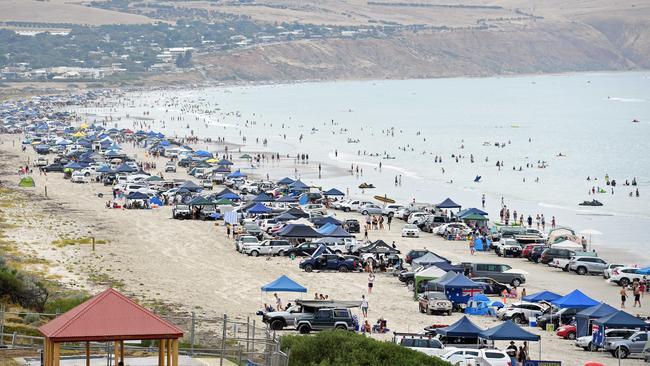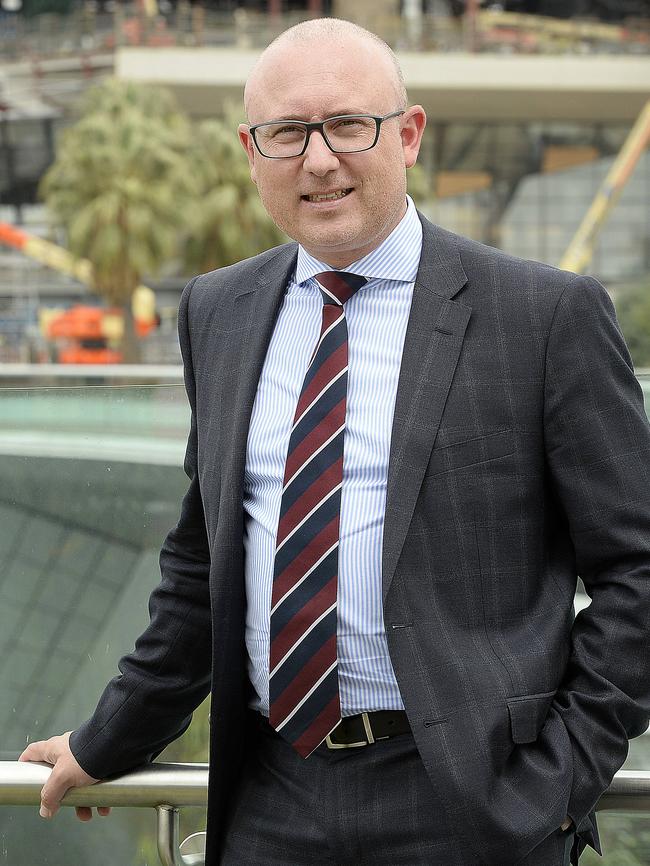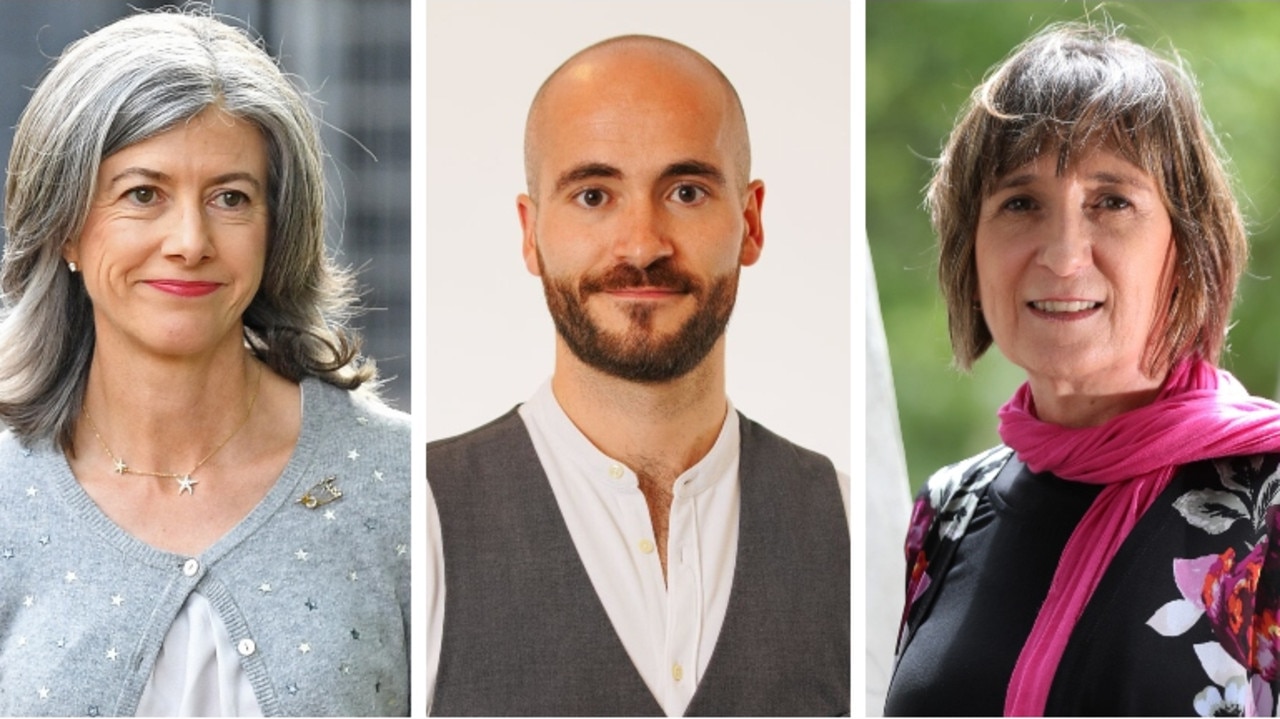How to keep Adelaide’s ‘liveable’ city crown
BY international measures Adelaide is among the world’s most liveable cities — but if we’re going to keep that tag, we need to make some changes.
Future Adelaide
Don't miss out on the headlines from Future Adelaide. Followed categories will be added to My News.
- REVEALED: First pictures of the new SAHMRI building
- NEW LIFE: How to transform the Port — Lessons from Fremantle
- EDUCATION: ‘Supermarket schools’ sell wrong message
- CITY GROWTH: Adelaide’s top 10 suburbs to live, work and play
- THE PREMIER: How we’ll build a better city
ADELAIDE’S position among the world’s most liveable cities must be maintained through infrastructure investment, affordable housing, world-class education and relevant jobs underpinned by a strong culture across arts and sports, development and economic experts say.
Urban Development Institute of Australia (SA chapter) chief executive Pat Gerace said. Adelaide was liveable “now” with relatively uncongested roads, affordable housing and great amenities such as nearby beaches and a great stadium.
But he warned that reputation could deteriorate without long-term infrastructure investment to support growth and boost population growth.
“I think the bigger challenge for Adelaide is how we plan for liveability in the long term,” he said.

“We can say that we’re liveable …. but subdividing two for ones (one block for two) without the commensurate infrastructure will ultimately see that liveability deteriorate.”
His comments come in response to rezoning polices that have favoured urban infill to urban sprawl and have led to more ageing inner suburbs, predominantly the Adelaide’s southwestern, western, inner northern and north eastern suburbs being carved up for housing.
Among redevelopment hot spots are Plympton, Newton and Paradise, which a PwC CityPulse report released this week ranked among Adelaide’s most liveable suburbs based on housing affordability, crime rates, and access to transport, employment, schools and essential services.
Mr Gerace said while there has been progress on some major transport projects, such as the recently announced Oaklands Crossing upgrade, he said there must be continued long-term planning for provision of infrastructure to service urban regeneration.
“What we’ve been saying is what Infrastructure SA’s role should be is not just looking at the cost-benefit analysis of large projects like an O-Bahn tunnel, but spatial planning on infrastructure like water, power, and stormwater,” he said, in respect of the independent body the Government will task with overseeing infrastructure planning.
“If we look at the western suburbs; if twice or three times as many people live in the western suburbs but we haven’t invested in power or water infrastructure there, how sustainable is that?
“Liveability isn’t just something we should take for granted as just something we have and we just keep, it’s like an organism, it’s something that’s going to change depending on how much attention we pay to it.”
The Economist ranked Adelaide the world’s fifth most liveable city for the sixth consecutive year.
INTERACTIVE MAP
If you are on a mobile device, tap here to see the map in full screen. Hit the Customise tab to explore the best suburbs for you based on your personal preferences.
RMIT urban futures enabling capability platform director Professor Billie Giles-Corti spearheaded a five-year research program to create the first baseline measure of liveability of Australian cities, which found none excelled in areas including public transport access, walkable neighbourhoods, or housing affordability.
“Everyone wants a liveable city but our work has shown that we don’t have a policy framework in place to support that,” she said.

“We don’t have strong enough policies to deliver walkable neighbourhoods to underpin a liveable city.
“Different states have different policies around how much green space they should have, or how access to public transport — if we are truly serious about creating healthy, liveable cities, we need to come up with some agreement (on policies).”
Australian Institute of Architects (SA Chapter) president Mario Dreosti said a key aspect of urban regeneration was a “village” model where a mix of land uses, including residential, business and civic were co-located.
“I think sometimes we focus a little bit too much on public transport as a connector between things when actually having things co-located, walkable and immediately accessible to services and employment opportunities within integrated neighbourhoods — that’s the starting point for liveability,” he said.
“ … It’s effectively a village model where you are not having to travel great distances just to access services and employment.”
PwC partner Mark Thomson said among foundations necessary for creating a maintaining a liveable city were modern, interesting and societally relevant jobs, transport infrastructure that supports the creation of ‘places’ and affordable housing.
“For a city to be truly liveable these foundations need to be supported with the following points — access to education, health and community services (and) a strong entertainment culture across the arts and sports,” he said.


